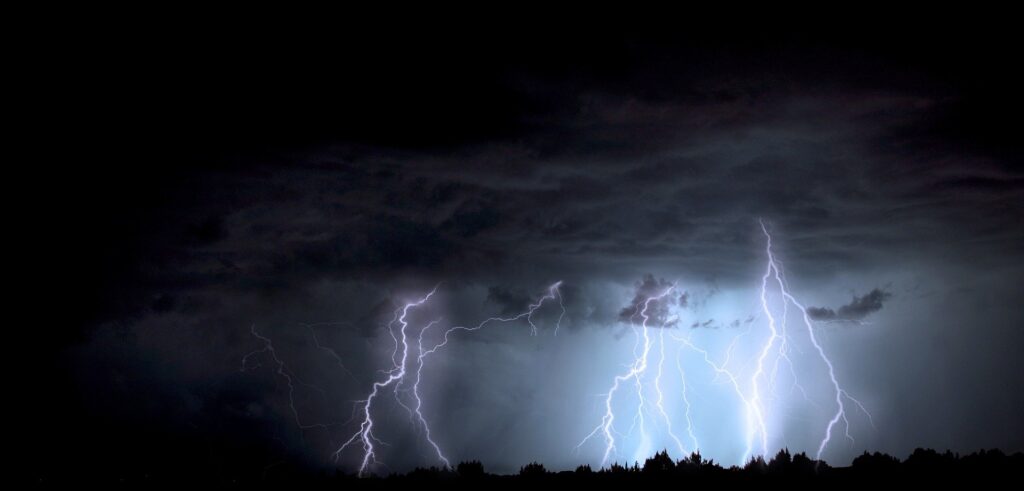Weather and environmental measurement specialist Vaisala has published its 2021 Annual Lightning Report which leverages data from its National Lightning Detection Network (NLDN) for the USA and its global lightning detection network – GLD360.
According to the findings, a total of 194,226,288 in-cloud and cloud-to-ground lightning events were recorded in the continental USA, compared with 170,549,822 in 2020, an increase of 24 million events, or 14%.
Other key findings from the 2021 report include:
- The Arctic lightning surge: Vaisala’s 2021 report demonstrates a dramatic increase in lightning in the northernmost region on Earth. Vaisala detected nearly double the amount of lightning north of 80°N than in the previous nine years combined, totaling 7,278 lightning strikes in 2021.
- December 2021 extreme weather anomaly: The USA witnessed extreme weather rarely seen in December, with more than 1,000,000 lightning events during the record-breaking storms that devastated many regions across the USA.
- More than 2,000,000 acres burned due to lightning-triggered wildfires: More than 2,000,000 acres across the drought-stricken western USA were burned in wildfires initiated by dry lightning. This number includes the Bootleg Fire in Oregon that burned more than 400,000 acres in 40 days.
- Texas and Florida top the list: Once again, the Lone Star State led the nation with 41,914,516 total lightning strikes, while Florida endured a total lightning density greater than in any other state, with 223 lightning events per square mile.
- Monsoon (and lightning) returns to Southwest USA: The return of monsoonal lightning across the American Southwest saw Arizona, Nevada and Utah all experience an above-average number of lightning events.
Chris Vagasky, meteorologist and lightning applications manager at Vaisala, said, “With 194 million events across the USA in 2021, lightning is an essential climate variable that needs to be accurately monitored to not only protect lives and infrastructure but also to help the world better understand and interpret our constantly changing environment. This past year reminded us all that severe thunderstorms and extreme weather can happen at any time and anywhere, reinforcing the importance of high-quality global lightning data to track and monitor changing weather events worldwide.”
To download a copy of the Annual Lightning Report, click here.



